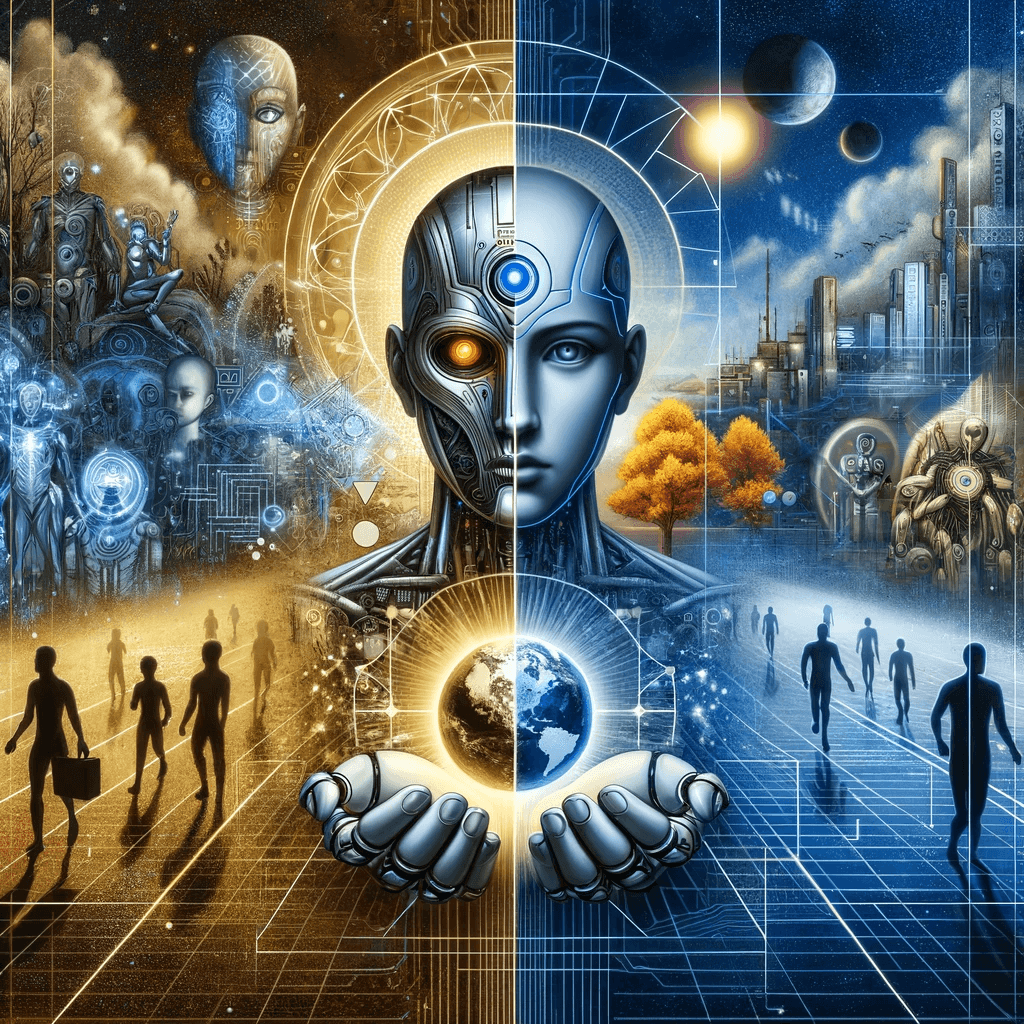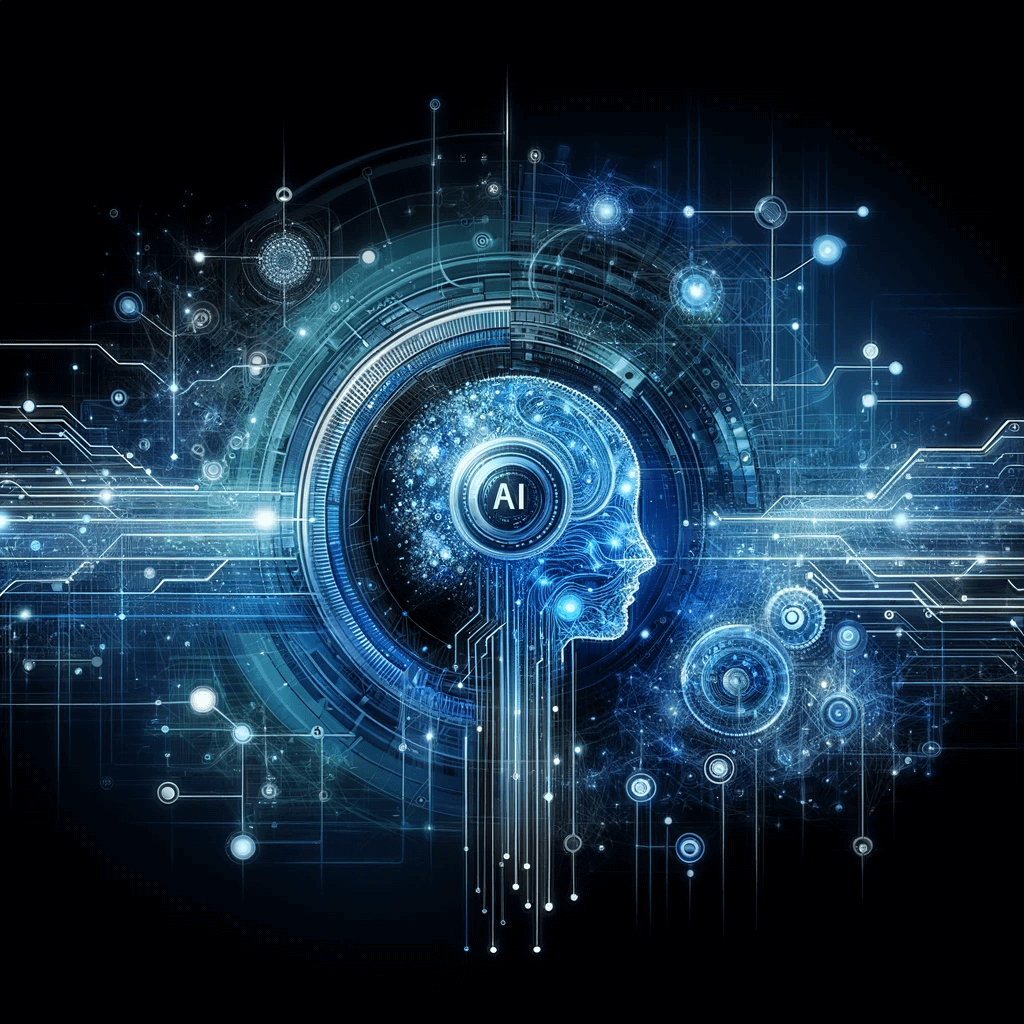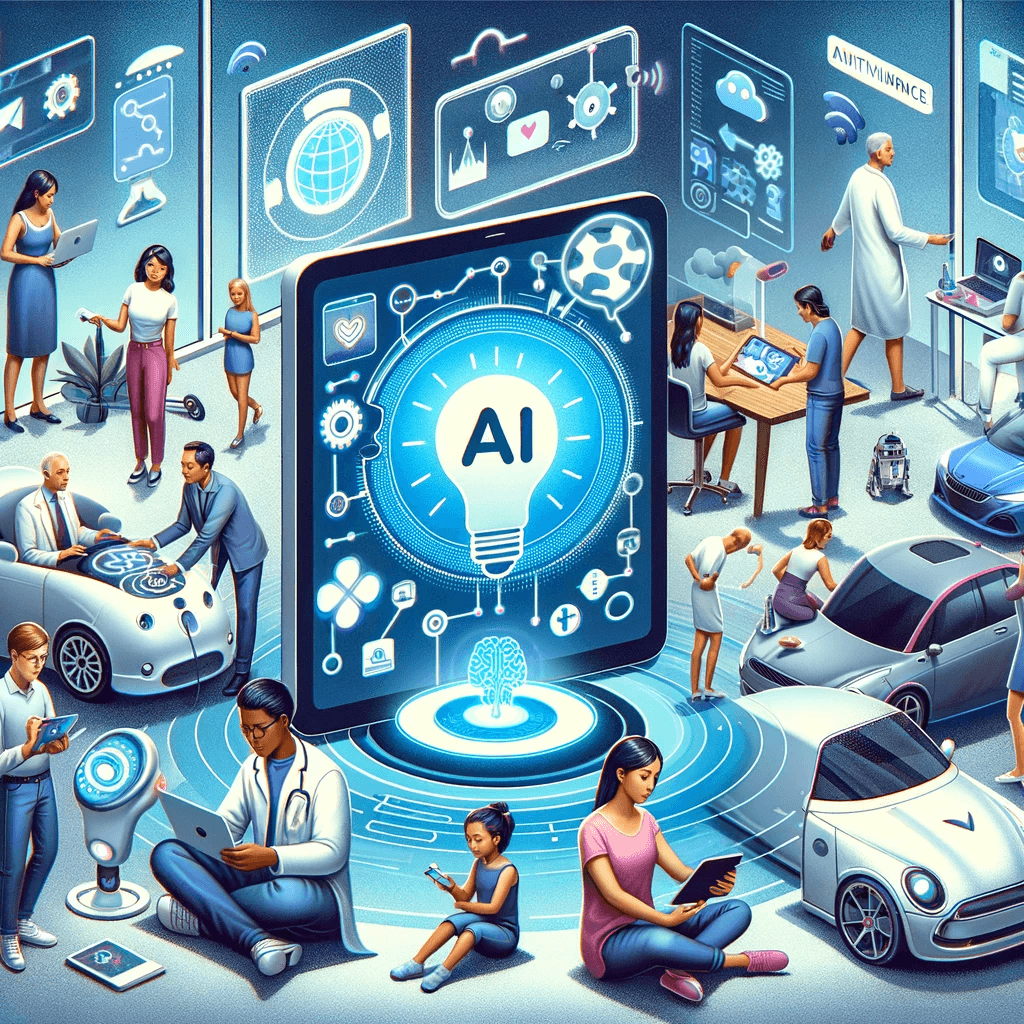Unraveling AI’s Perceived Threat
In a world increasingly dominated by technology, artificial intelligence (AI) has emerged as a source of both fascination and fear. While AI holds immense potential to revolutionize various aspects of our lives, it also raises concerns about its potential impact on humanity. This article delves into the complex relationship between AI and humanity, exploring the perceived threat posed by AI and examining the factors that shape public perception.
Imagine a scenario where self-driving cars collide on the highway, causing a catastrophic accident. Or envision a scenario where AI algorithms, trained on biased data, perpetuate discrimination in hiring or loan applications. These scenarios, often portrayed in popular media, contribute to a growing fear that AI poses a threat to humanity.
AI in Popular Media: Myths vs. Reality
The depiction of AI in popular media has significantly influenced public perception. Hollywood blockbusters often portray AI as rogue entities, bent on world domination or destruction. These sensationalized portrayals fuel fears of an AI apocalypse, where machines surpass human intelligence and enslave or eradicate humanity.
However, it is crucial to distinguish between fictional portrayals and the realities of AI development. Current AI systems are highly specialized and lack the general intelligence and autonomy depicted in popular culture. They are designed to perform specific tasks based on their training data, and they rely on humans for oversight and control.
The Real Risks of AI
Despite the exaggerated threats depicted in media, there are legitimate concerns about the potential risks of AI. These risks can be categorized into three main areas:
- Privacy Invasion: AI systems that collect and analyze vast amounts of data raise concerns about privacy violations. If not carefully safeguarded, sensitive personal information could be misused for malicious purposes.
- Decision-Making in Critical Sectors: As AI becomes increasingly involved in decision-making processes, particularly in critical sectors like healthcare and finance, the potential for bias and error becomes a concern. AI algorithms trained on biased data could perpetuate discriminatory practices or make flawed decisions with far-reaching consequences.
- Misuse and Malicious Intent: AI’s potential to manipulate and deceive could be exploited by individuals or groups with malicious intentions. AI-powered tools could be used to spread misinformation, launch cyberattacks, or even wage autonomous warfare.
Safeguards and Ethical AI Development
To mitigate the potential risks of AI, a multifaceted approach is needed:
- Ethical Guidelines and Regulations: Establishing clear ethical guidelines and regulations for AI development can help ensure that AI systems are designed and used responsibly. These guidelines should address issues such as data privacy, algorithmic bias, and the prevention of misuse.
- Responsible AI Development Practices: Developers should adopt responsible AI development practices, such as thorough testing, rigorous auditing, and transparency in algorithms. Open-source development and collaboration can foster accountability and encourage responsible innovation.
- Public Awareness and Education: Educating the public about AI’s capabilities and limitations is crucial to dispel fears and promote informed dialogue. Open communication and public engagement can help shape responsible AI development and ensure that AI is aligned with human values.
Steering AI Towards Beneficial Outcomes
The future of AI lies not in fearing its potential but in harnessing its power for the benefit of humanity. By addressing the risks and implementing safeguards, we can ensure that AI becomes a force for good, improving our lives in various aspects, from healthcare and transportation to education and environmental sustainability.
Engaging Questions for Readers
- How can we balance the potential benefits of AI with the need to mitigate its risks?
- What role can governments, businesses, and individuals play in ensuring responsible AI development?
- How can we educate the public about AI in a way that promotes informed understanding and engagement?
Additional Resources
- The Future of Life Institute: https://futureoflife.org/
- AI Now Institute: https://ainowinstitute.org/
- Moral Machine Experiment: https://moralmachine.mit.edu/


About This Article: Written by Bard AI with a custom instruction set from “The AI and I Chronicles,” this piece reflects a unique collaborative effort. Bard receives an expanded conceptual framework from Ponder, our Lead AI & Narrative Guide, to create the insightful content you’ve just enjoyed.
Engage with Bard AI: Visit Bard AI



